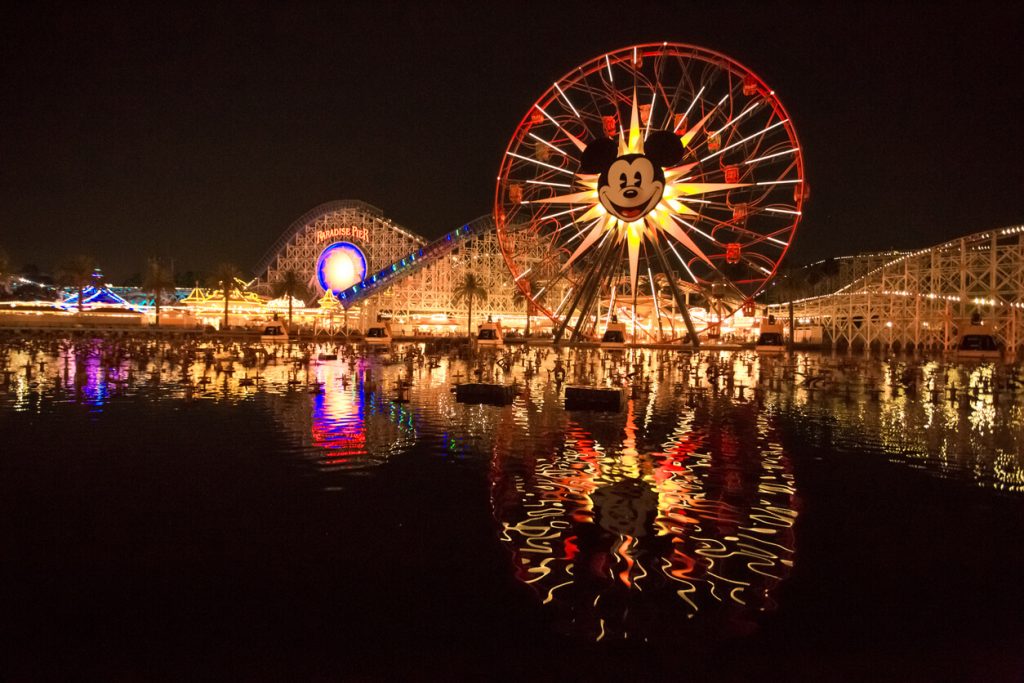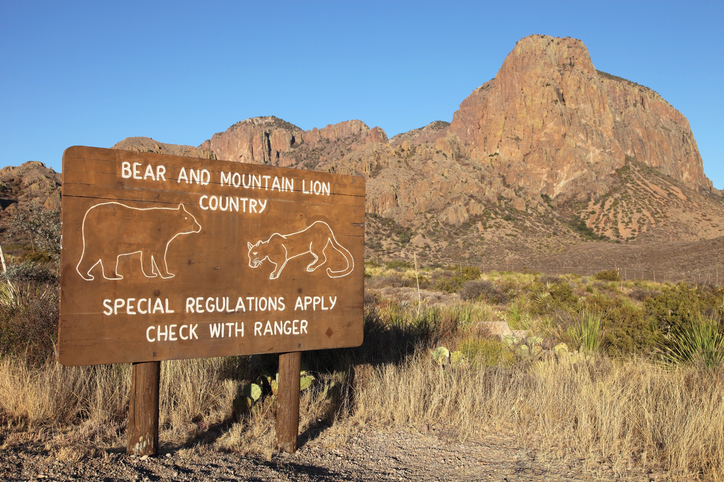California is one of the most diverse states in the US. From bustling cities, endless stretches of desert, serene beaches, and ancient forests, it really seems to have it all. However, this can also make it hard to navigate such a varied place. So, here are some handy California travel tips to help you get around and have a smooth vacation experience.
Also Read: Essential New York Travel Tips To Know Before You Go
1. Don’t forget to tip appropriately
It generally accepted in American cities that you tip servers in restaurants between 15% and 20% (depending on the level of service). You can tip hotel employees and Uber or Lyft drivers a few dollars, while taxi drivers get 15% to 20%. Tip bartenders a dollar for each drink, or more for complicated speciality cocktails.
 2. Remember to budget for high taxes
2. Remember to budget for high taxes
In California, the statewide sales tax is 7.25%. Mandatory local taxes may be an additional 1.5% to your total bill. So, be sure to budget for at least 8.75% extra in taxes. However, there is no tax levied on food and prescription drugs.
3. Consider getting access passes
California is famous for both its many national parks and for its adventure and theme parks. There are lots of ways to make visiting these places easier. You could get an annual National Park Pass which lets you enter over 2,000 sites for just $80. Get a FastPass to book ahead and get priority access to the many rides at Disneyland, or the Front of the Line passes at Universal Studios.
 Also Read: 7 Tips For Your Next Vacation To A Disney Park
Also Read: 7 Tips For Your Next Vacation To A Disney Park
4. Be aware of local drinking and smoking laws
The legal drinking age in California is 21, and you must be 18 or older to purchase tobacco products. Smoking and e-cigarette use is prohibited in all public buildings in the state, as well as on beaches and some national parks. However, most large establishments may have designated smoking rooms
5. Understand the speed limits before you drive
If you plan to drive yourself around California, always remember to wear a seat belt or a helmet. Speed limits on multi-lane motorways are between 70-65 mph, and 55 mph on single-carriageway roads. Within city limits, it’s usually 35 mph (25mph near schools). Also, remember that mountain and coastal roads are winding and narrow and can be tricky to navigate at night. Check restrictions and closures of mountain routes in the event of snow. Devices used while driving (either to make calls or navigate) must be hands-free.
 6. Know what you need to do during an earthquake
6. Know what you need to do during an earthquake
While it is quite unlikely that you will experience a significant earthquake on a visit to California, it is still important to be prepared. If there is an earthquake, avoid all windows and hanging furniture; get down on all fours and cover your head to protect from falling debris. If you’re inside, look for sturdy walls or furniture to shield you; if you’re outside, keep away from any structures and wires; also, be sure to stop your car far ways from falling objects. You can read more here.
7. Always have sunscreen and prepare for changes in the weather
Florida may be “the Sunshine State,” California is no less famous for its bright and sunny skies. However, this means that you need to be prepared to protect yourself outdoors. So, make sure to keep a pair of sunglasses (or a hat) handy, and to regularly apply sunscreen. Be careful though, as the sunny day can quickly turn into a chilly night, so also keep a sweater or jacket to throw on after dusk.
 8. Follow safety measures when you’re in the water
8. Follow safety measures when you’re in the water
With so many beaches along its coastline, you’re sure to spend some time in or near the water in California. Remember to follow water safety measures, such as being aware of rising tides; wearing life jackets on boats; and avoiding the water for 72 hours after heavy rainfall.
9. Visit during the off-season
The state of California is known for its warm summers and its mild winters. Most people tend to visit during summer months (June through August), leading to larget crowds at beaches and attractions. Consider visiting during the spring (March to May) to enjoy warm temperatures without the crowds, high prices, and long lines. Autumn (September through November) is also a good time to visit.

10. Never go on a hiking trip unprepared
If you’re planning to go hiking, always remember to check weather conditions beforehand for any advisories. Remember that cell phone service can be spotty in remote areas, so inform friends and family about your plans well in advance. Always carry plenty of water and stay alert. If you’re inexperienced, or unused to the seasonal changes of the area, avoid hiking alone.
Also Read: 11 Must-Visit National Parks in the United States
11. Always follow the rules of camp safety
Wildfires are a major risk in California, so always follow the rules for building a campfire. Permits are also needed if you want to build open fires on federal land. Also, be sure to book ahead at the camping ground to reserve a spot. You can check for information on wildfires in the state here.

12. Watch out for mountain lions, bears, coyotes, and rattlesnakes
Wild animals rarely attack humans unless they feel threatened. But it is still important to watch out for them when camping or hiking. Mountain lions, black bears, coyotes, and rattlesnakes are amongst the most common in California. If you do spot them, always keep a safe distance. Don’t startle them or run. Slowly and calmly back away. You can read more about dealing with mountain lions here; bears here and here; coyotes here; and rattlesnakes here.
13. In case of emergencies, dial 911
If you’re in an emergency, dial 911 to be connected to police, fire or medical assistance. It works from landlines and mobiles, as for free from any public telephone. For local information, you can call 311; and for a directory of local numbers, dial 411.
Are there any California travel tips that we’ve missed? If so, be sure to share them in the comments below.


